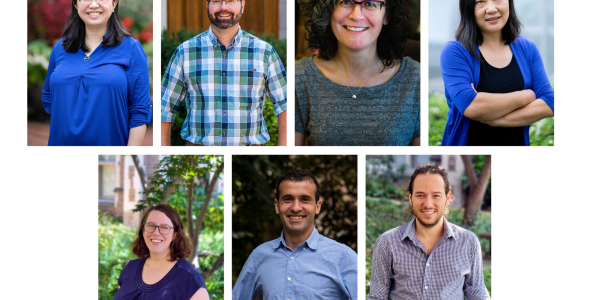Professor Dixit's research is motivated by the spectacular diversity of cell shapes in nature, which underlies the viability and adaptability of organisms.
The long-term goal of Dixit's research is to understand the molecular machinery for plant cell wall construction. He teaches courses in cell biology, imaging, and microscopy.
The Dixit lab seeks to understand the mechanisms underlying plant cell morphogenesis. The work focuses on the cortical microtubule cytoskeleton, which defines plant cell shape by serving as a scaffold for cell wall assembly.
The lab's mission is to understand:
- how cells create, maintain and remodel cortical microtubule arrays to dynamically control plant growth and development; and
- how the cortical microtubule array orchestrates directional deposition of cell wall material.
The Dixit Lab addresses these questions in the model plant Arabidopsis thaliana using a combination of molecular genetics, high-resolution live-cell imaging, and computer simulation studies. In addition, they are developing new techniques for reconstituting the dynamics and interactions of cortical microtubules in vitro to analyze the functions of key molecules under controlled conditions and at the single molecule level.





